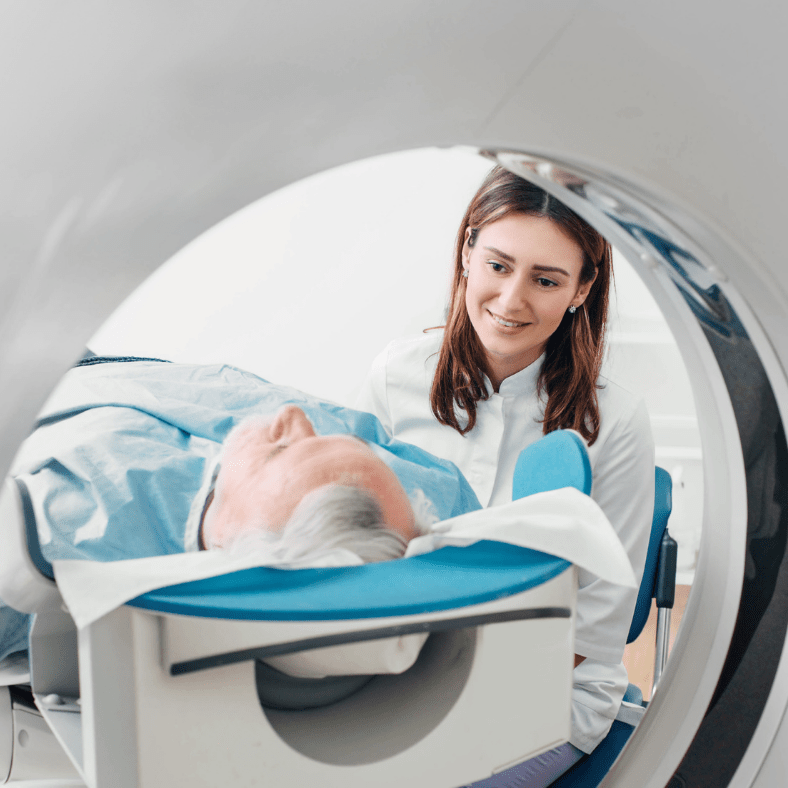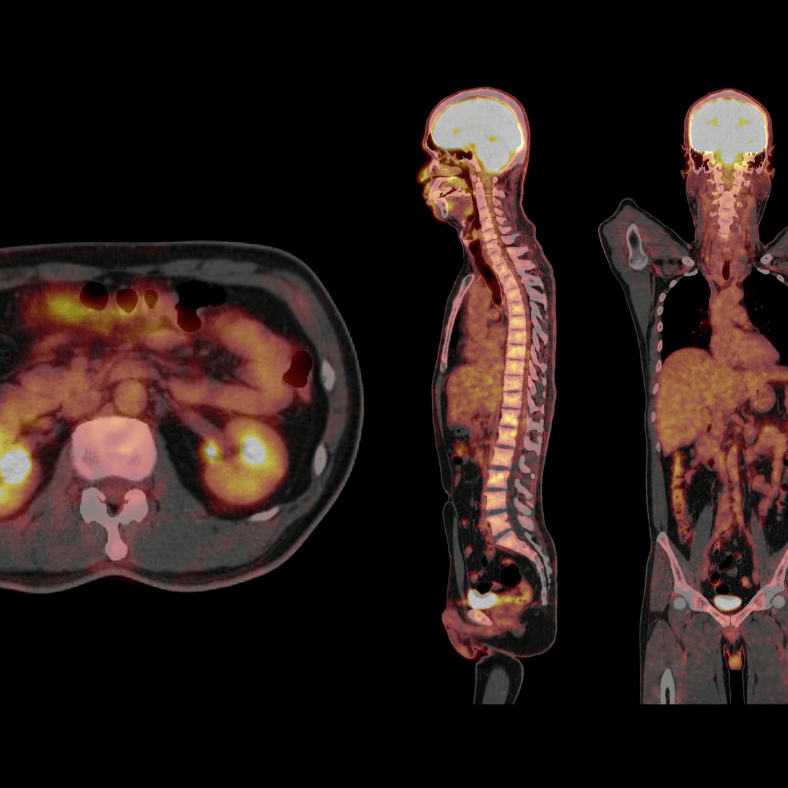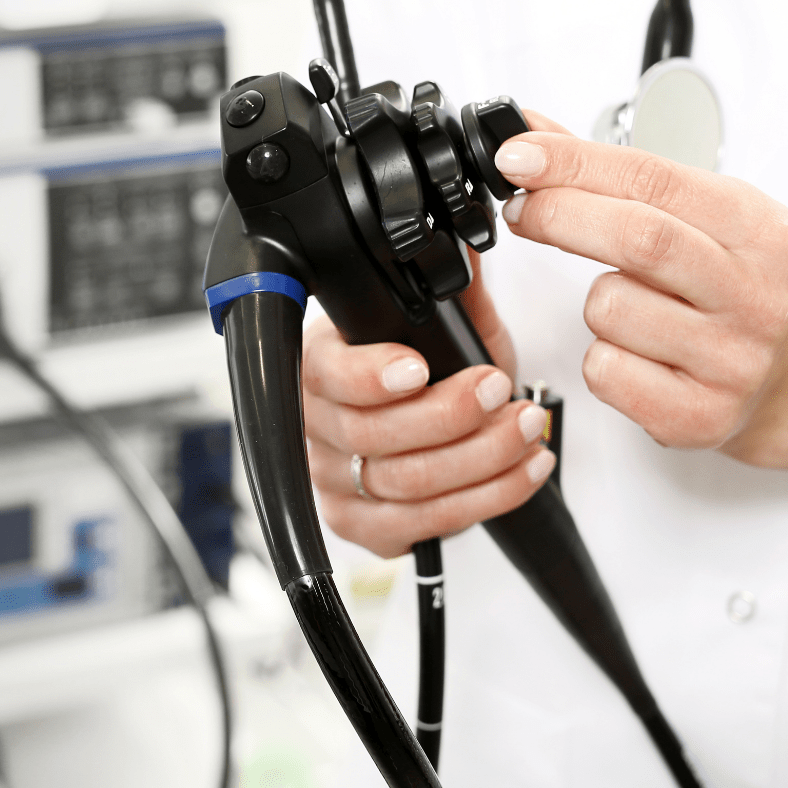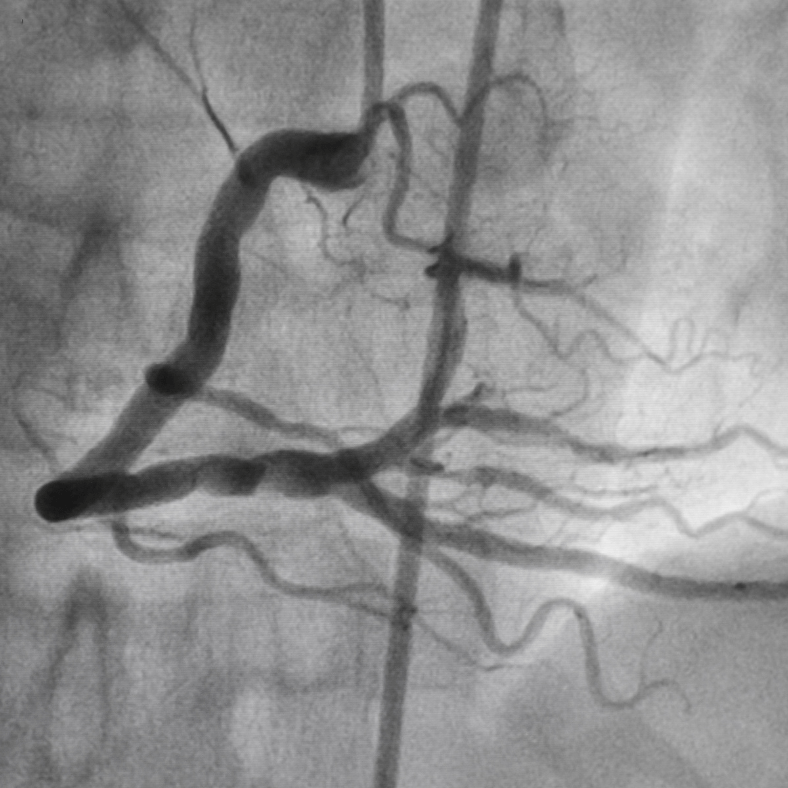- About Pancreatic Cancer
- Get Support
Caregivers
- Get Involved
- Events
- More






Magnetic Resonance Imaging (MRI), and Positron Emission Tomography (PET) scans.





Stage 0 (Carcinoma in Situ)Abnormal cells are found in the lining of the pancreas. These abnormal cells may become cancer and spread into nearby normal tissue.
Stage I, cancer has formed and is found in the pancreas only. Stage I is divided into stages IA and IB, depending on the size of the tumor.
Stage IA: The tumor is 2 centimeters or smaller.
Stage IB: The tumor is larger than 2 centimeters but not larger
than 4 centimeters.
Stage II, is divided into stages IIA and IIB, depending on the size of
the tumor and where cancer has spread.
Stage IIA: The tumor is larger than 4 centimeters.
Stage IIB: The tumor is any size and cancer has spread to 1 to 3
nearby lymph nodes.
Stage III, the tumor is any size and cancer has spread to four or
more nearby lymph nodes; or the major blood vessels near the
pancreas.
Stage IV, In stage IV, the tumor is any size and cancer has spread to
other parts of the body, such as the liver, lung, or peritoneal
cavity (the body cavity that contains most of the organs in the
abdomen).
There are three ways that cancer spreads in the body.
Cancer can spread through tissue, the lymph system, and the
blood:
Tissue-Cancer spreads from the cells where it began by growing
into cells it touches physically.
Lymph system-Cancer cells spread from where they began by
getting into the lymph system and traveling through nodes and
vessels called into other areas of the body.
Blood-Cancer cells spread from the site of origin by getting into the blood. It then travels through the blood vessels to other parts of the body.
Cancer that spreads to other parts of the body is called metastasis. The metastatic tumor is the same type of cancer as the organ of origin. For example, if pancreatic cancer spreads to the liver, the cancer cells in the liver are actually pancreatic cancer cells.
As you can imagine detecting cancer in the early stages before it spreads gives the patient more options beyond surgical removal of cancer and surrounding tissues and organs.

NPCF was founded on May 29, 2009 and is a 501(c)(3) organization. All donations are tax deductible.
The information and services provided by the National Pancreatic Cancer Foundation are for informational purposes only. The information and services are not intended to be substitutes for professional medical advice, diagnosis or treatment. The National Pancreatic Cancer Foundation does not recommend nor endorse any specific physicians, products or treatments even though they may be mentioned on this site.